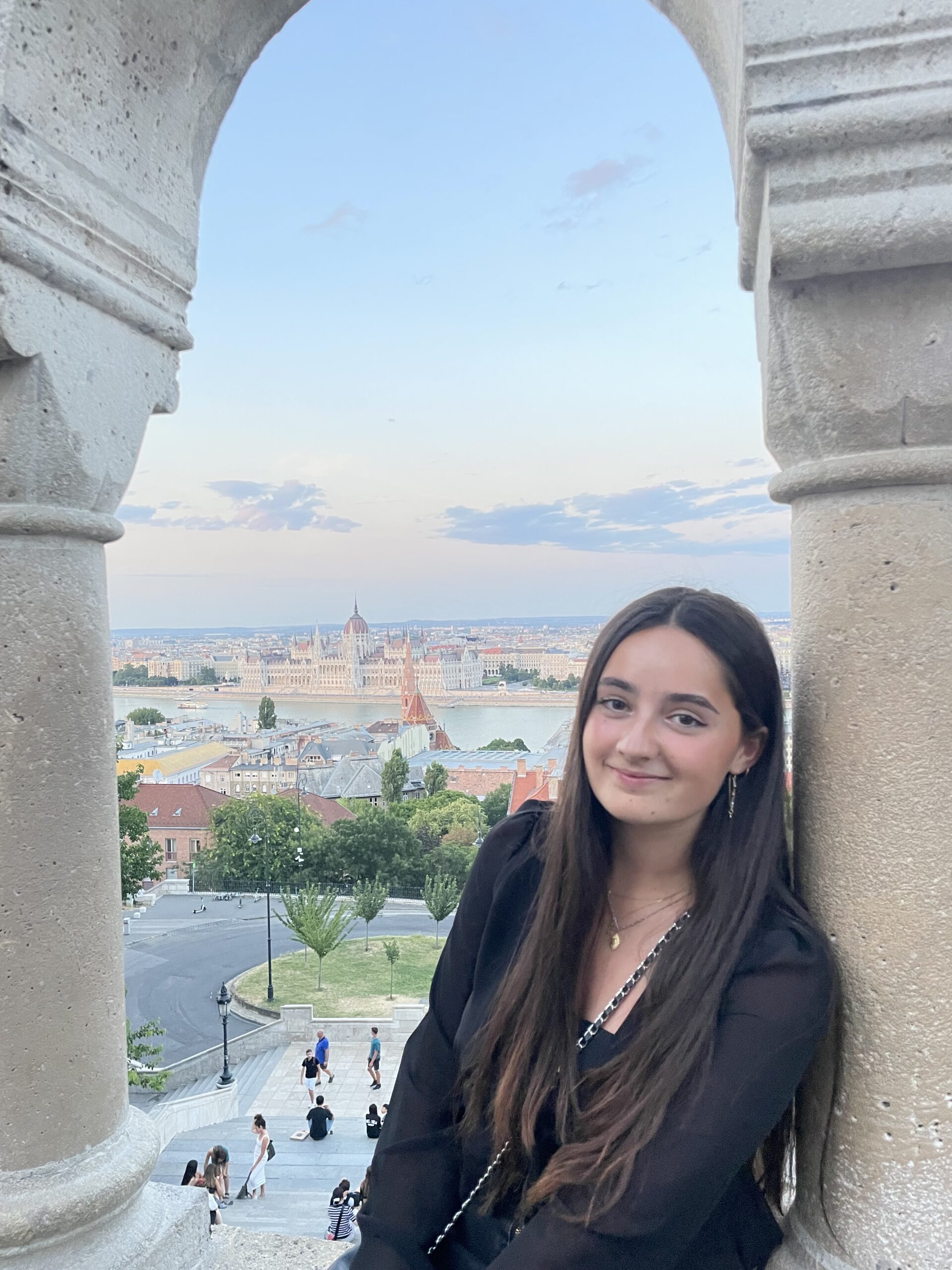For your project, we would like you to design a solution to help the elderly manage, store, and easily use common spices at home. We will explain the aspects you need to consider below. (Photo credit: Zhao Haotong) Haotong's grandmother is preparing meals for the Spring Festival. The Process of Using Common Spices In daily Chinese cooking, common condiments include soy sauce, light soy sauce, vinegar, oyster sauce, monosodium glutamate (MSG), salt, Sichuan peppercorns, and star anise, among others. For instance, there is a holiday called "Little New Year" before the Spring Festival, during which every household prepares a sumptuous dinner. The Lu Jiale family is no exception; every Little New Year, Lu Jiale's grandfather makes a dish called "Yu Po Yu" (oil splashed fish). "Fish with Splashed Oil" (Image source: Baidu) At 3 PM, Lu Jiale's grandparents went to the supermarket to buy a grass carp and the required spices. By 5:30 PM, they returned home and began to prepare. When Grandpa got home, he first removed the scales from the fish. Then, he cut the grass carp into small pieces, washed them with beer and water, and then marinated the fish pieces with cooking wine and salt for about 15 minutes. After marinating, he mixed the fish with starch and egg whites, and set it aside. While the fish is marinating, Lü Jiale's grandfather needs to prepare the other ingredients. He slices the green onion into strips and large sections, chops the garlic into minced pieces, cuts the chili into small pieces, and slices the ginger. Once these steps are completed, he places the grass carp, ginger slices, and green onion sections into a pot with clean water to boil for about 10 minutes until the fish is cooked. During this 10-minute period, Lü Jiale's grandfather prepares the sauce. He puts the chopped chili, minced garlic, green onion strips, and Sichuan pepper into a pot with peanut oil to fry, then immediately adds oyster sauce, chili sauce, light soy sauce, and vinegar; the entire process takes about 7 minutes. Finally, he removes the cooked fish and places it on a plate, then drizzles the prepared sauce over the fish, completing the dish. Every step of the process needs to be completed quickly; otherwise, the texture of the fish will be compromised. Dishes like the one mentioned above require quick cooking, which can be very challenging for elderly individuals like Lü Jiale's grandfather. He may mistakenly grab vinegar or soy sauce instead of light soy sauce, as these three condiments look very similar. Common Spice Types and Specifications and Price List in Stores In this table, we list the commonly used condiments in the kitchen. You can guess that among the four major categories of condiments, dried spices are used the most in cooking, while fermented condiments are used the least, and this is indeed the case. Typically, the elderly purchase these items at the supermarket. Upon returning home, they store them in plastic bags in the cupboard, but…



